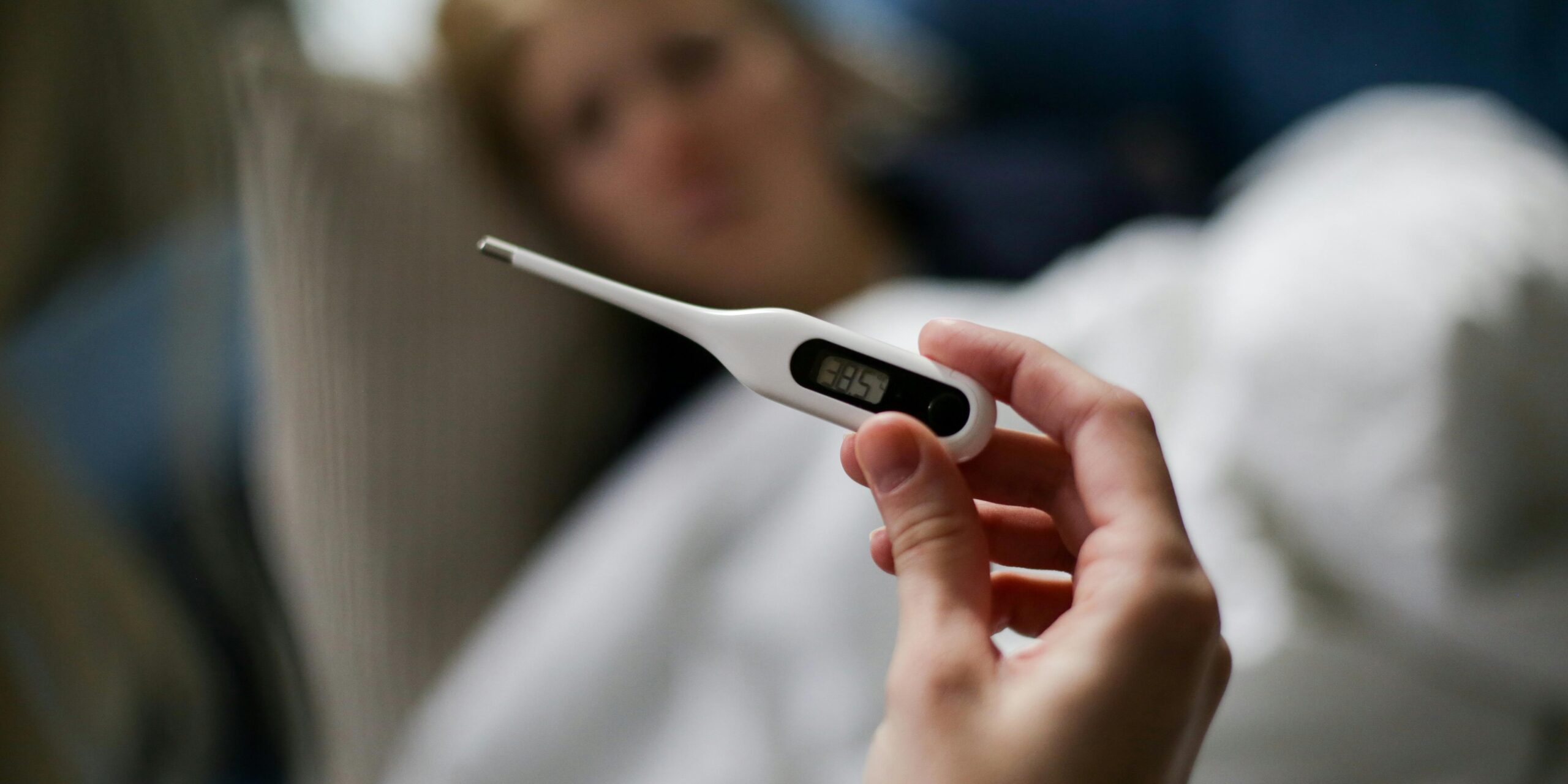
GPs are often the first point of contact when a patient is unwell. After hours, however, patients can sometimes turn to the emergency department when they need care that can’t wait until the next available GP appointment or if they are unsure whether their condition is serious.
With emergency departments under significant demand, and long waits expected for those with non-life-threatening conditions, helping patients access the right care for their needs can make a real difference—both to ensure they are seen as quickly as possible, and to support the broader healthcare system.
Knowing where to turn after hours
One common reason patients turn to the emergency department for urgent but not life-threatening conditions is that they don’t know where else to turn when their GP clinic is closed.
GPs can support their patients by telling them about the various options they can access if they ever need after-hours care and guidance, and by providing information about how to access these services.
The Department of Health has useful resources you can share with your patients, including an Urgent care options fact-sheet which is available in a number of languages.
Is my condition serious?
Another common reason patients visit the emergency department is that they are not sure whether their condition is serious or what the next steps are. It is important to let patients know that services like the Victorian Virtual Emergency Department (VVED) are there to help them with this decision and to help them access the right care. Through a video consultation, an emergency doctor provides expert evaluation, strategies for care at home, prescriptions for medications, and, if necessary, they will help to refer the patient to the ED.
Alternative care options available to you and your patients:
- Victorian Virtual Emergency Department (VVED): Available 24/7, the VVED provides direct access to emergency physicians via face-to-face video call. It can reassure and manage patients who don’t require ED or refer them and arrange their arrival if they do.
- Nurse-on-Call: patients can contact Nurse-on-Call if they want to speak to someone over the phone or need advice on whether they should seek further medical help. Help is available 24 hours a day, 7 days a week.
- Urgent Care Clinics (UCCs): with 29 locations across Victoria, UCCs provide expert urgent care 7 days a week, open early until late. UCCs can manage a wide range of urgent but non-life-threatening conditions, including infections, fevers, cuts and burns, fractures and sprains.
- Monash Children’s Urgent Care Clinic: after-hours only clinic specifically tailored for children with urgent needs. Open after-hours every day until 11 pm.
Key actions for GPs
- Talk to your patients about after-hours care options for urgent but non-life-threatening conditions.
- Provide information on the services that are available and provide them with the urgent care options fact-sheet and links to Urgent Care Services Victoria.
- Encourage your patients to pre-register in advance for the Victorian Virtual Emergency Department so that when they need urgent care, their account is ready to go: vved.org.au/patients
- Consider adding a message about urgent care alternatives to your clinic answering message and website information.


